 Modern floor cleaning machines are able to accommodate even the largest of environments. Some units are even capable of handling spaces of more than 12,000 square metres. This is due in no small part to the sheer durability of these vehicles as well as their cleaning power.
Modern floor cleaning machines are able to accommodate even the largest of environments. Some units are even capable of handling spaces of more than 12,000 square metres. This is due in no small part to the sheer durability of these vehicles as well as their cleaning power.
However, you will often need to utilise chemicals in order to sufficiently remove dirt and debris from a surface. Many of these chemicals are actually quite dangerous and they need to be handled with a dedicated level of caution.
Let us look at some of the hazards attributed to these chemicals in order to appreciate why safety is no laughing matter.
The Risk of Burns
Many floor cleaning solutions are known for their high levels of alkalinity. Although this is an excellent attribute when tackling tough stains or ground-in dirt, such a formulation is quite dangerous to humans. Highly alkaline fluids can easily cause burns to the skin if handled improperly. This is why only qualified individuals should deal with cleaning solutions; particularly when filling a floor cleaning machine or removing its contents.
Dangers to the Eyes, Nose and Throat
The eyes, nose and throat are also at risk. If the solution happens to splash and make contact with one of these areas, burns and even blindness can occur as a result. This is why users should make it a point to wear the proper personal protective equipment (PPE). Examples include:
- Industrial-strength rubber gloves
- Goggles
- A mask that is fastened over the nose and mouth
The Issue of Proper Ventilation
Floor cleaning solutions are also known for their proclivity to emit noxious fumes. These fumes will easily irritate the respiratory system and those with underlying conditions (such as asthma) are at a higher risk of developing complications. Always use floor cleaning solutions within a well-ventilated environment in order to reduce the chances of an accident or an unintentional injury.
Safely handling scrubber dryers and their associated chemicals requires a good deal of experience and common sense. This is why the proper training should be made available to all relevant personnel.

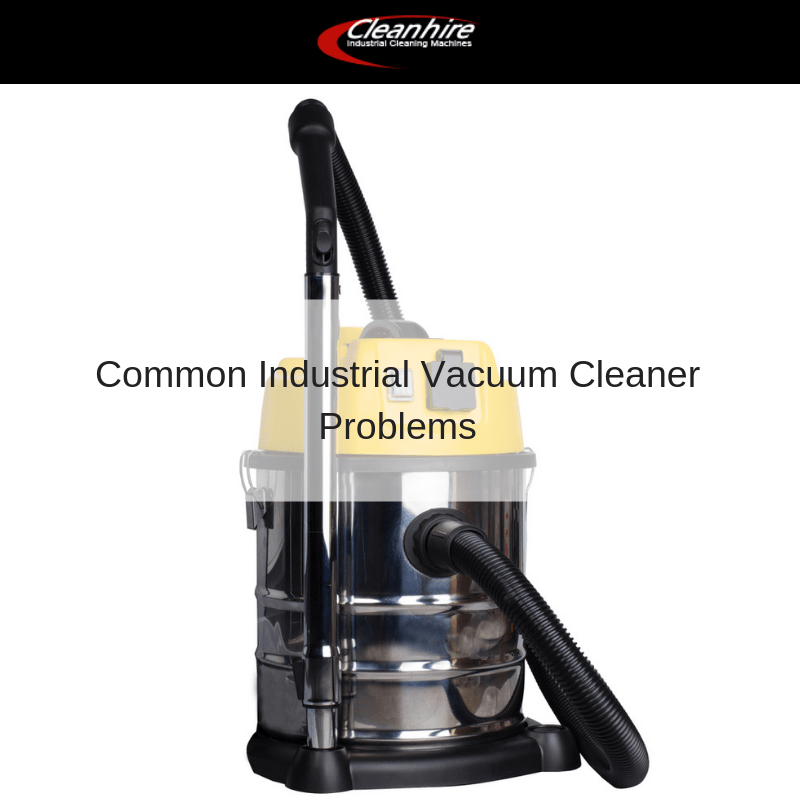 Industrial vacuum cleaners are extremely complicated machines and they are often required to tackle challenging tasks with a commercial environment. Although these units are maintained to the highest of standards, faults and similar problems can and will occur.
Industrial vacuum cleaners are extremely complicated machines and they are often required to tackle challenging tasks with a commercial environment. Although these units are maintained to the highest of standards, faults and similar problems can and will occur. Cleaning large commercial centres can represent a very challenging task due to the sheer size of these properties. Owners are often forced to choose between cost and efficiency. Unfortunately, this will inevitably lead to maintenance issues and the safety of patrons can even be placed in jeopardy.
Cleaning large commercial centres can represent a very challenging task due to the sheer size of these properties. Owners are often forced to choose between cost and efficiency. Unfortunately, this will inevitably lead to maintenance issues and the safety of patrons can even be placed in jeopardy.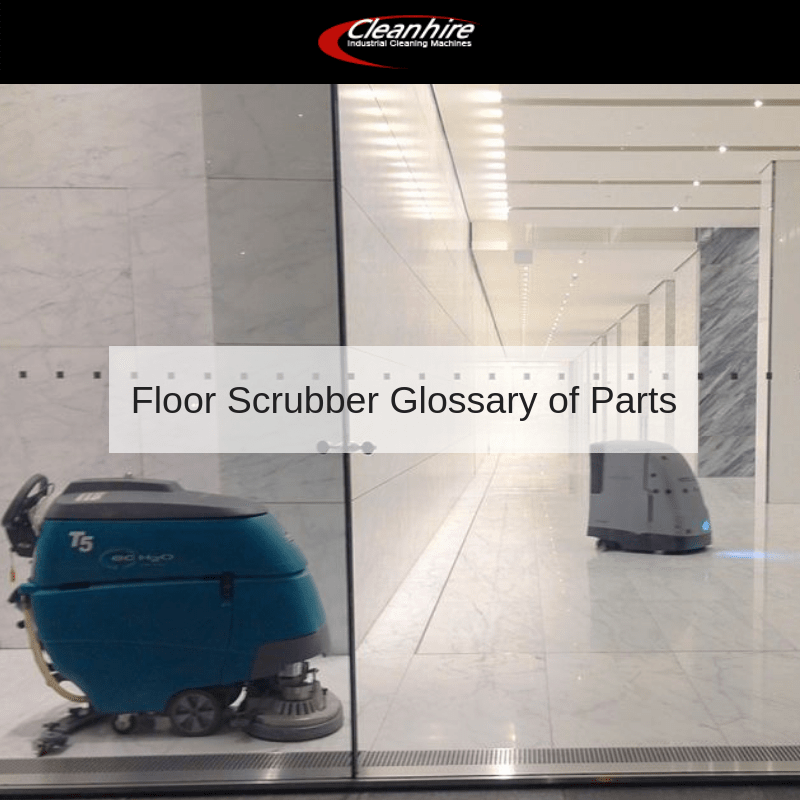 Modern floor scrubbers represent the culmination of a technology that has been evolving for decades. Not only are these units extremely efficient, but the range of options is quite impressive.
Modern floor scrubbers represent the culmination of a technology that has been evolving for decades. Not only are these units extremely efficient, but the range of options is quite impressive.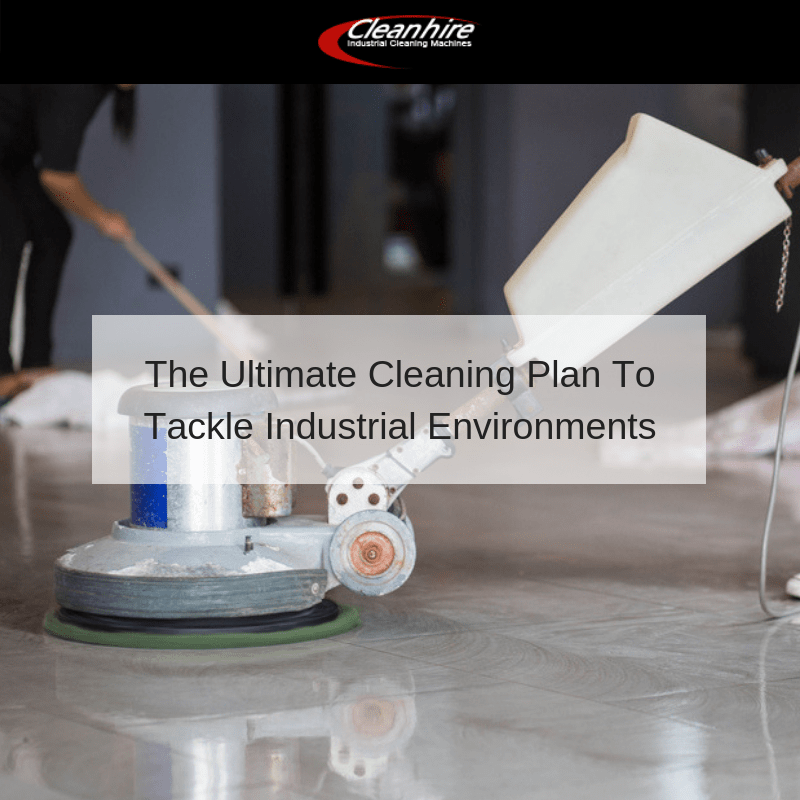 Ensuring that industrial environments are clean, safe and free of debris has never been an easy task. This is particularly the case when dealing with larger areas such as factories and warehouses.
Ensuring that industrial environments are clean, safe and free of debris has never been an easy task. This is particularly the case when dealing with larger areas such as factories and warehouses.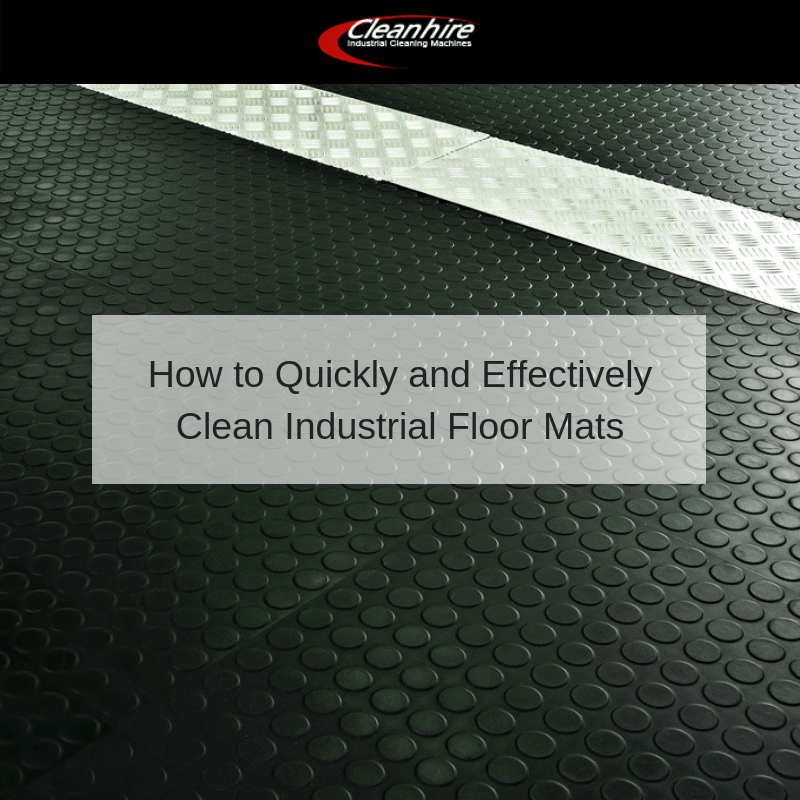 Industrial floor mats are critical within many environments due to the fact that they will provide employees with an additional level of safety. However, their functionality ultimately depends upon maintenance. If floor mats are not regularly cleaned, potentially serious incidents can occur. What approaches should management and similar stakeholders adopt to ensure that this highly effective flooring is never compromised?
Industrial floor mats are critical within many environments due to the fact that they will provide employees with an additional level of safety. However, their functionality ultimately depends upon maintenance. If floor mats are not regularly cleaned, potentially serious incidents can occur. What approaches should management and similar stakeholders adopt to ensure that this highly effective flooring is never compromised?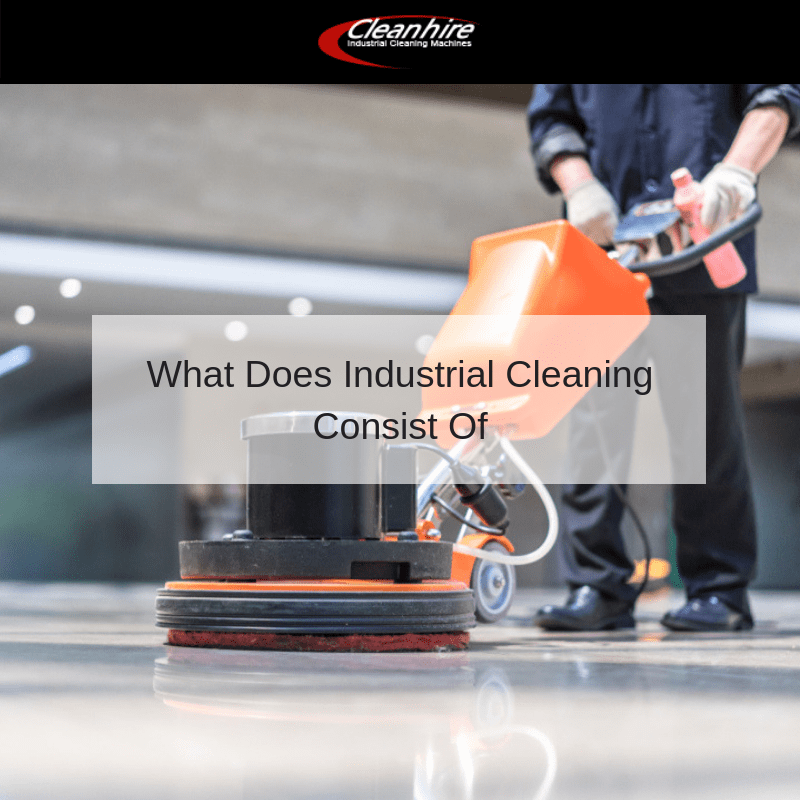 A Quick Overview of the Industrial Cleaning Process
A Quick Overview of the Industrial Cleaning Process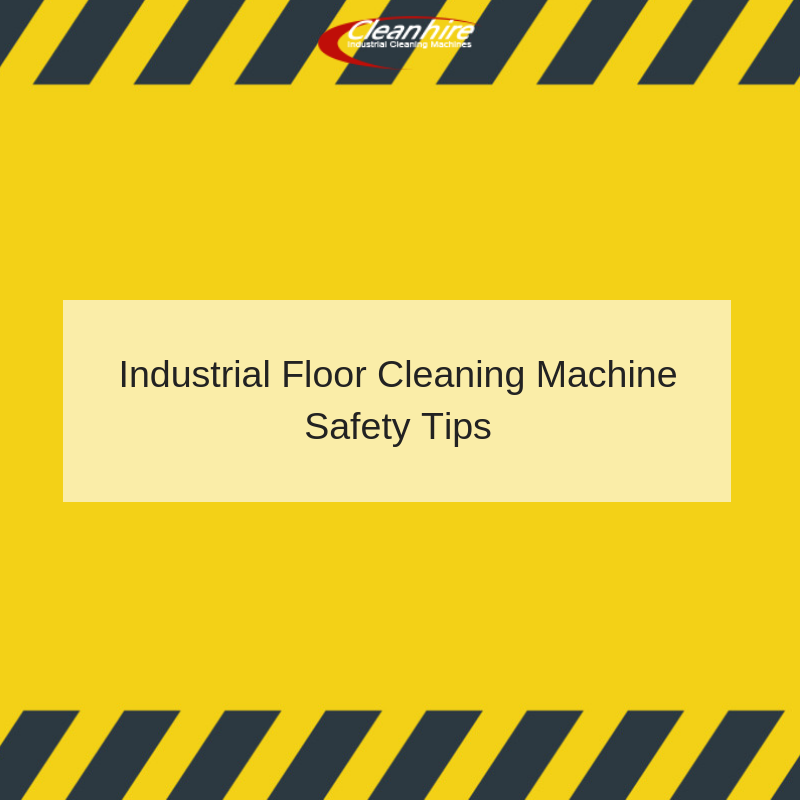 Modern floor cleaning machines boast a sense of efficiency and flexibility that would have been thought all but impossible only a handful of years ago. However, they still need to be operated properly in order to avoid accidental injuries or other on-site hazards. Let us take a look at some top safety tips that all employees should be aware of before operating any of these units.
Modern floor cleaning machines boast a sense of efficiency and flexibility that would have been thought all but impossible only a handful of years ago. However, they still need to be operated properly in order to avoid accidental injuries or other on-site hazards. Let us take a look at some top safety tips that all employees should be aware of before operating any of these units.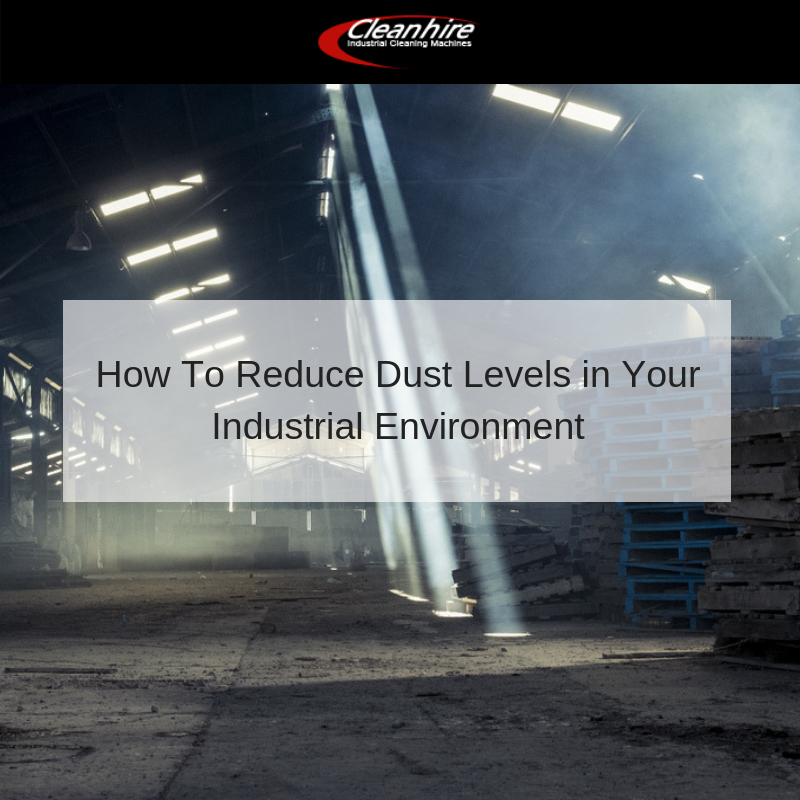 Airborne particulate matter such as dust within industrial environments can cause a host of issues including respiratory problems, faulty equipment and even fire hazards. This is why it is critical to reduce these levels to a near minimum in order to avoid such circumstances. Let us take a look at some excellent methods to consider as well as why procuring a professional
Airborne particulate matter such as dust within industrial environments can cause a host of issues including respiratory problems, faulty equipment and even fire hazards. This is why it is critical to reduce these levels to a near minimum in order to avoid such circumstances. Let us take a look at some excellent methods to consider as well as why procuring a professional 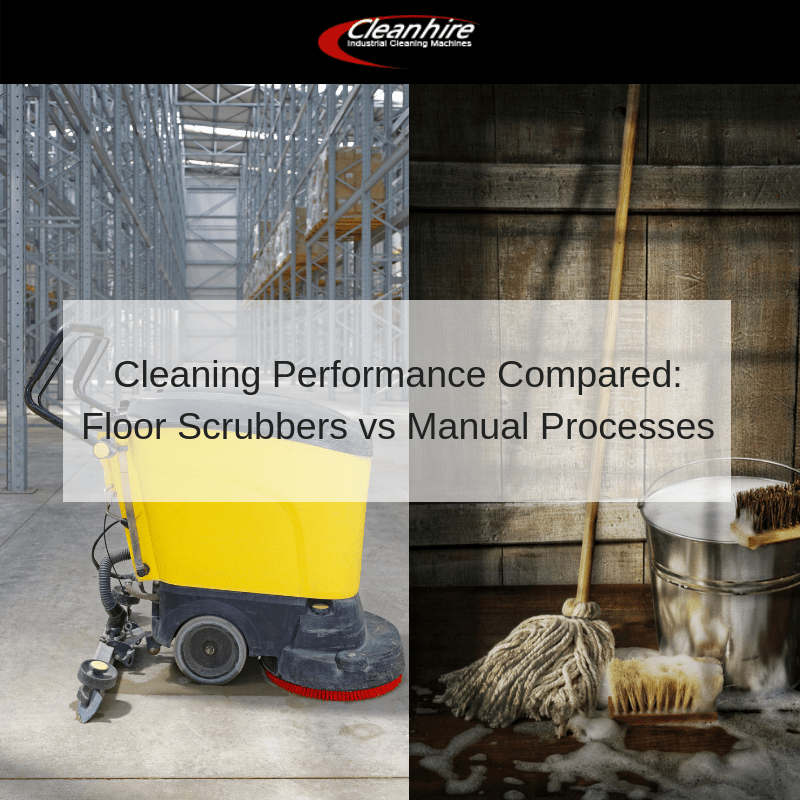 Many warehouses and
Many warehouses and